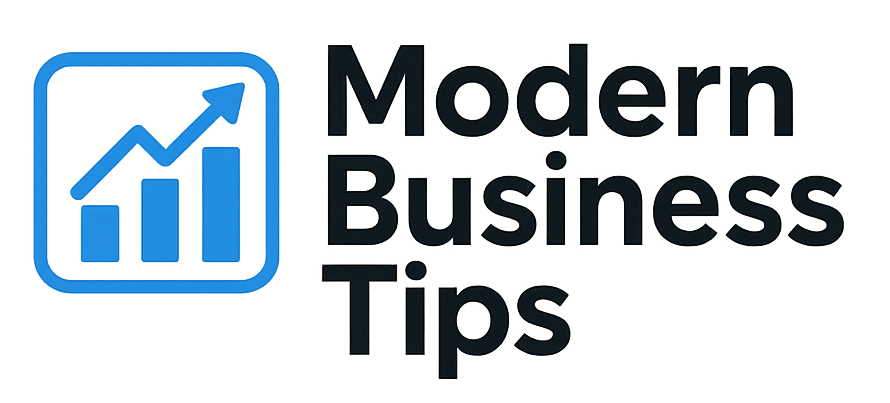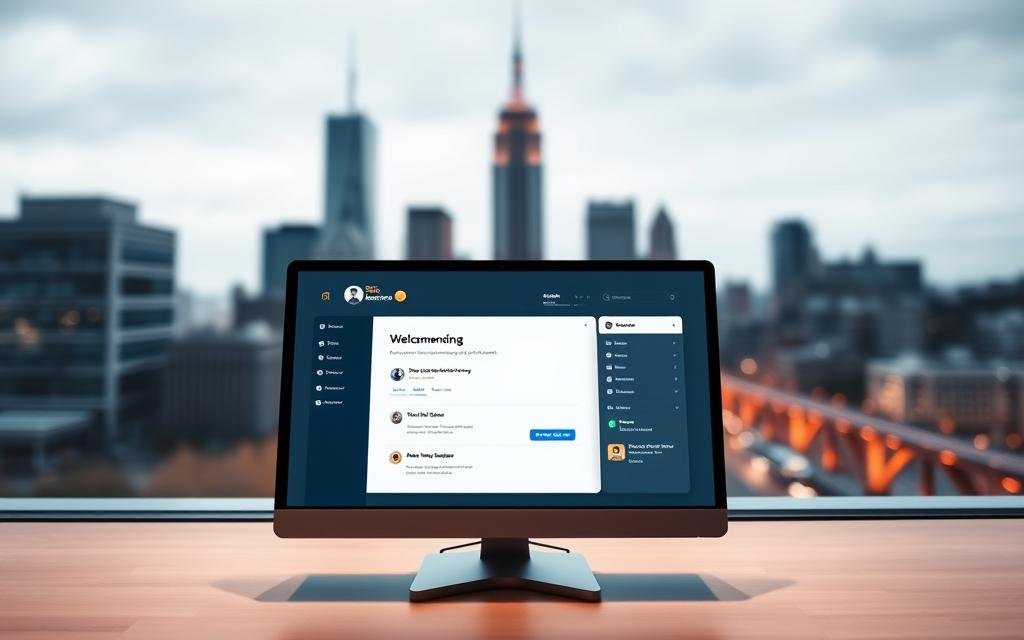Have you thought about how a bad onboarding process could hurt your SaaS business? In the world of software as a service, good saas onboarding is not just helpful—it’s key. But, many companies make big onboarding mistakes. These mistakes can make customers lose interest and cost money.
As we look at the challenges of digital onboarding, we’ll uncover common errors. If we fix these, it can change how we onboard customers. Are you ready to find out where your onboarding might be off and learn how to do better?
Key Takeaways
- Understanding the critical role of SaaS onboarding in customer retention.
- Identifying common onboarding mistakes that can lead to revenue loss.
- Recognizing the importance of user feedback in improving onboarding.
- Strategies to elevate your onboarding practices effectively.
- Utilizing metrics to measure onboarding success.
Understanding the Importance of SaaS Onboarding
SaaS onboarding is key to making sure users know how to use the software right away. It helps guide customers through the software’s features. A good onboarding experience makes it easier for users to start using the software and feel happy about it.
What is SaaS Onboarding?
SaaS onboarding is the way we introduce users to a software. It covers everything from when they first sign up to when they start using it. It’s about helping users see the value of the product quickly. This means creating experiences that fit what each user needs.
Benefits of Effective Onboarding
Having a strong onboarding plan brings many benefits. Here are some of the main ones:
- Increased Retention Rates: Proper onboarding helps users stay with the software longer.
- Improved User Adoption: A good onboarding process makes users more engaged and able to use the software well.
- Enhanced Satisfaction: Users who feel supported early on are happier. This leads to more positive word-of-mouth and referrals.
- Boosted Revenue Growth: As more users stick around and are happy, businesses see more revenue from keeping customers.
Knowing these benefits shows why onboarding is so important in SaaS. By making sure users start using the software easily, companies can build strong customer relationships and loyalty.
Common SaaS Onboarding Mistakes
In my experience with SaaS onboarding, I’ve seen many mistakes. These mistakes can hurt how users feel and how long they stay. Not making the onboarding process personal or ignoring what users say are big mistakes.
Overlooking User Personalization
Personalization is key in SaaS onboarding. It meets the unique needs and likes of each user. If the onboarding doesn’t match what users want, it can feel boring and pointless.
Businesses using onboarding software can use data to make experiences more personal. They can adjust to what users do and like.
Ignoring User Feedback
User feedback is very important for making the onboarding better. But, many companies don’t pay attention to it. This stops them from making real changes and might make users unhappy.
By listening to and using user feedback, companies can get better at onboarding. This not only keeps customers happy but also makes the onboarding process better for everyone.
The Impact of Poor Onboarding on Revenue
Good onboarding is key to great user experiences with software. Without it, keeping customers can be tough. This part looks at how onboarding affects keeping customers and the costs of losing them.
How Onboarding Affects Retention
Research shows that thorough saas training keeps users around longer. A smooth onboarding makes new users feel at ease. This ease leads to happier users and loyalty.
But, bad onboarding can make users unhappy and leave early. It makes the product seem hard or annoying.
The Cost of Lost Customers
Poor onboarding can hurt a business’s wallet a lot. Losing customers means losing money now and in the future. It’s hard and expensive to get new customers.
So, keeping current customers happy is very important. Bad onboarding can also harm a company’s image. This leads to bad reviews and fewer new customers, making things even worse.
Key Elements of Successful SaaS Onboarding
Successful software onboarding relies on several key elements. These elements help users get familiar with the product and improve their experience. I will discuss the most important ones to focus on during the saas implementation phase.
Clear Product Walkthroughs
Clear product walkthroughs guide new users through initial setups and features. They should be easy to follow, reducing confusion and drop-off rates. A well-structured walkthrough helps users understand the product and feel confident.
Engaging Onboarding Content
Engaging onboarding content is vital during software onboarding. Tutorials, videos, and interactive guides keep users interested and teach them what they need to know. By creating content that fits different learning styles, companies can boost user engagement and interaction.
Consistent Support
Consistent support is essential throughout the user adoption process. Providing immediate help through live customer service, FAQs, and help centers makes users feel supported. This builds trust and confidence, leading to a successful onboarding experience.
Measuring Onboarding Success
It’s key to track how well your saas onboarding works. I look at important metrics to see how users adapt. This helps me know where to improve and how to make things better.
Key Metrics to Track
For onboarding success, I watch a few key metrics. These include:
- User adoption rates
- Feature utilization
- Training completion rates
Analyzing User Engagement
Understanding how users engage with the software is important. I check things like how long they stay and how often they use features. This helps me spot where users might get stuck and make the onboarding better.
| Metric | Description | Importance |
|---|---|---|
| User Adoption Rate | Percentage of users actively using the software | Indicates overall acceptance and onboarding effectiveness |
| Feature Utilization | Frequency of features being used by users | Highlights which features are successful or underused |
| Training Completion Rate | Percentage of users completing training modules | Reflects how well users grasp the software |
Strategies for Enhancing SaaS Onboarding
Effective strategies can greatly improve the onboarding process for SaaS products. Automation and specialized tools are key in making the first experience with the software smooth. By making processes easier and content more relevant, companies can boost user satisfaction and keep them around longer.
Automating Onboarding Processes
Automating onboarding saves time for everyone involved. It guides users through setup and getting familiar with the software. This makes the onboarding process more efficient and helps users understand the software better.
Utilizing Onboarding Tools
Onboarding software solutions make training more personalized. They offer interactive tutorials, help centers, and ways to track progress. This ensures users get the support they need, helping them use the software effectively.
Here’s a table showing some top onboarding software and what they offer:
| Onboarding Tool | Key Features |
|---|---|
| UserGuiding | Interactive walkthroughs, customizable onboarding flows, analytics |
| Pendo | In-app messaging, feedback collection, user engagement analytics |
| WalkMe | User onboarding journeys, performance tracking, real-time support |
| Chameleon | Customization options, onboarding guides, user targeting |
Leveraging Feedback to Improve Onboarding
Getting user feedback is key to making saas onboarding better. By asking users what they think, companies can find out where they can do better. This leads to happier users and keeps them coming back.
Using surveys is a smart way to get feedback. They help find out what users like and what they don’t. This info helps shape better onboarding plans for the future.
Setting Up User Surveys
User surveys are a great tool for getting feedback during saas onboarding. They cover everything from first impressions to any problems users face. By asking the right questions, companies can learn what works and what doesn’t.
Creating a Feedback Loop
A feedback loop is important for making onboarding better over time. By looking at survey data and making changes, companies can keep up with what users need. This makes the onboarding process more effective and helps users reach their goals.
| Feedback Method | Purpose | Benefits |
|---|---|---|
| User Surveys | Gather insights on user experience | Identifies improvement areas |
| Interviews | Deepen understanding of user challenges | Fosters personal connection |
| Analytics Review | Track user engagement metrics | Informs strategic adjustments |
Integrating Customer Success Teams
Integrating customer success teams into the onboarding process is key for a smooth experience. These teams guide new customers through the complex world of saas implementation. They focus on customer onboarding best practices to help users get the most out of the product.
The Role of Customer Success in Onboarding
Customer success teams act as a link between the product and the user. They aim to understand user needs and solve problems during onboarding. This approach builds a strong bond with customers, helping them use the platform well.
A well-structured saas implementation with dedicated support makes users feel confident and supported right away.
Collaboration Between Teams
Collaboration between product development and customer success is vital for improving onboarding. By sharing insights from customer interactions, product teams can enhance the software. This teamwork makes onboarding smoother and more cohesive.
Regular communication helps spot areas for improvement. It leads to higher customer satisfaction and keeps customers coming back.
Continuous Improvement in Onboarding Practices
In the fast-changing world of SaaS, keeping onboarding practices up to date is key. As I explore the complex world of software onboarding, I see how user needs and tech advancements change. I make sure my onboarding plans meet these changes, making the user experience better.
It’s important to keep my onboarding materials current. I update training videos, guides, and tutorials to match new features and user needs. This effort shows my commitment to customer success and boosts user happiness and loyalty.
Using data and feedback, I find out what needs to get better in onboarding. This helps me make targeted improvements. By doing this, I ensure all users feel supported and ready to use the software. Regular updates and a focus on new trends lead to a strong onboarding process that meets today’s user needs.



